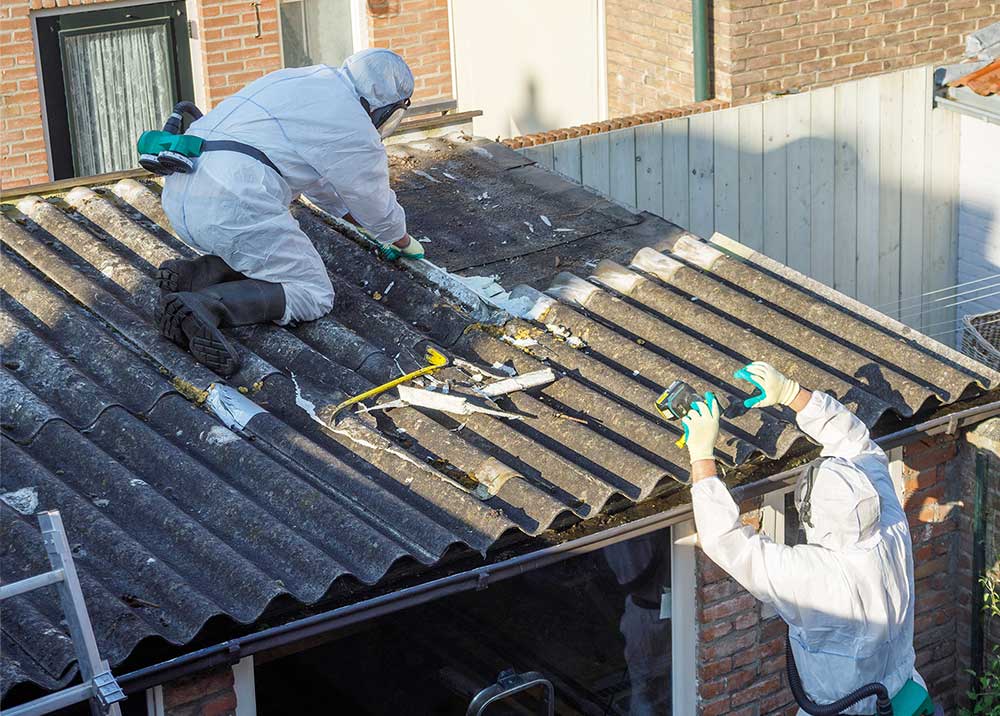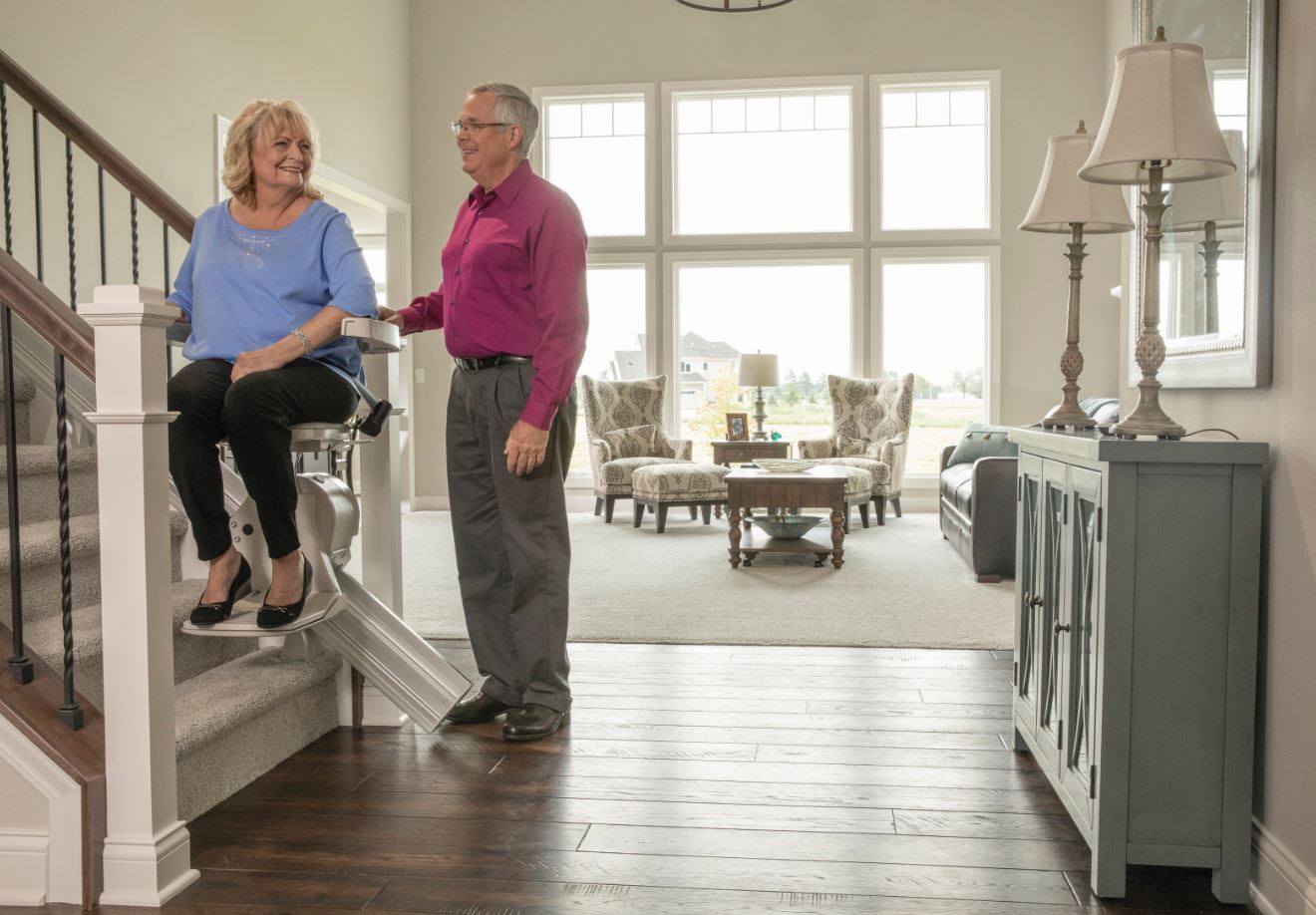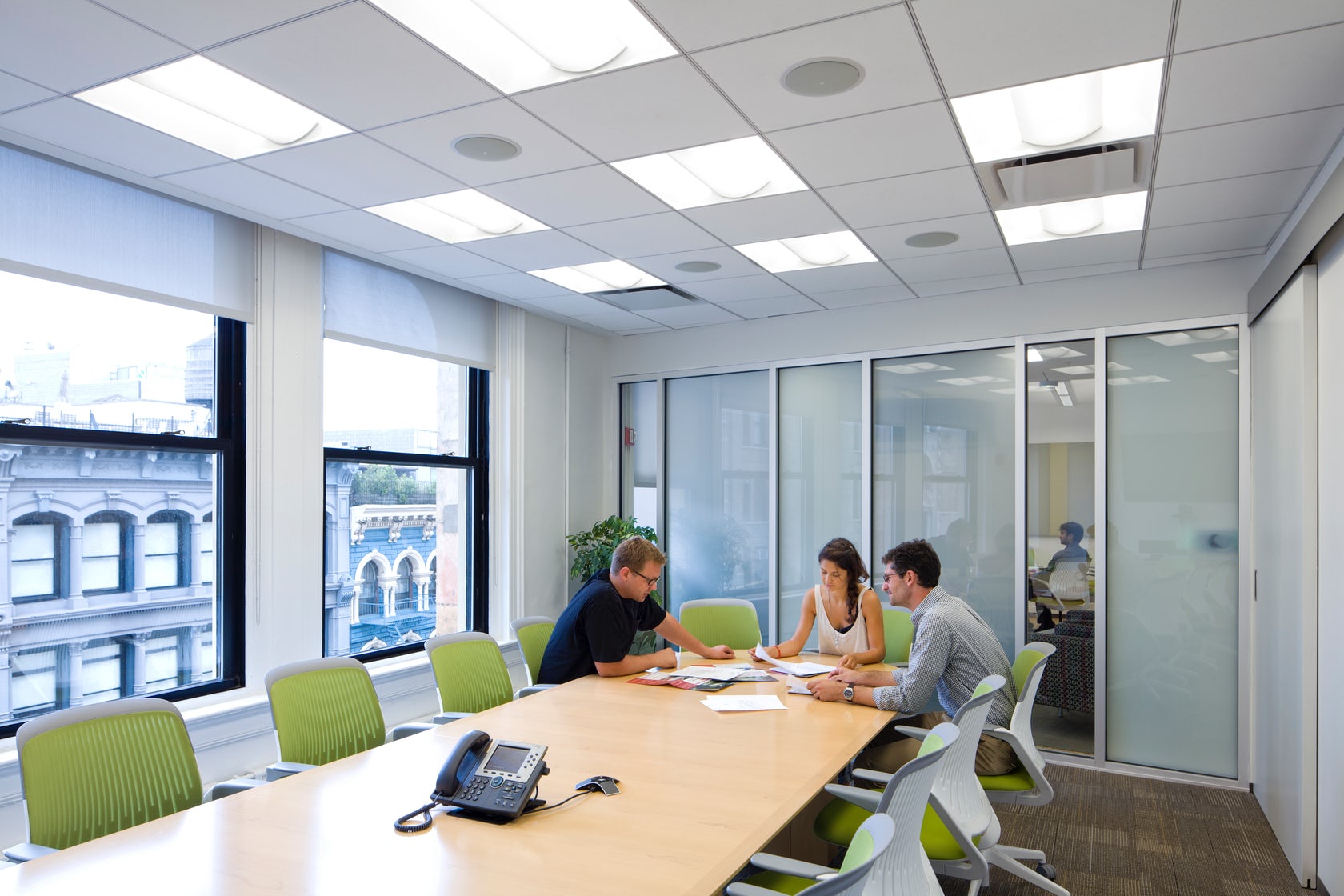The Future of Residential Construction: Innovations to Watch
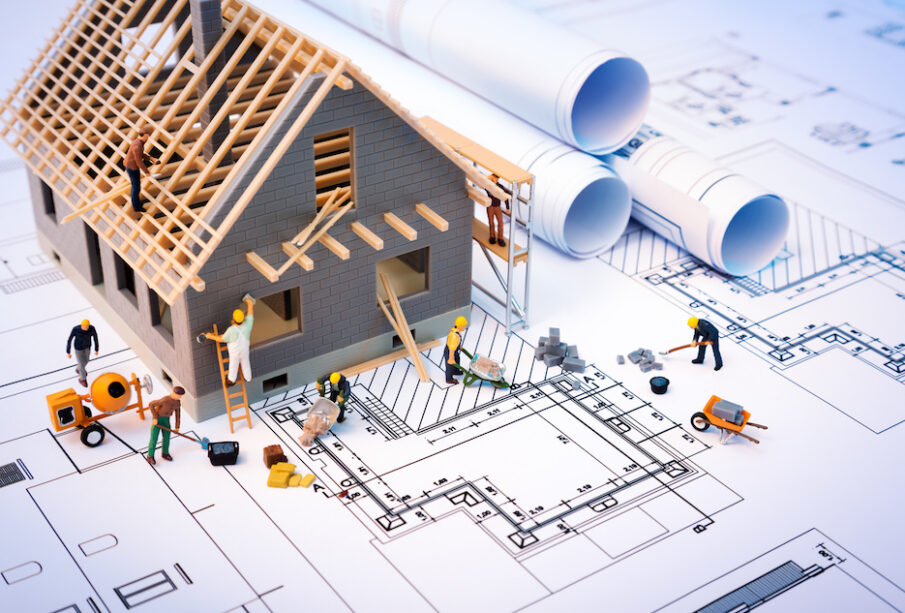
The landscape of residential construction is undergoing an exciting transformation, with innovation at its core. Shrewsbury builders and others across the globe are embracing new technologies and methodologies that promise to redefine how homes are built. From sustainability to smart technology, the future of home construction is bright with possibilities. This blog post explores the cutting-edge innovations set to revolutionise residential construction in the coming years.
3D Printing in Construction
Pioneering the Use of 3D Printers
3D printing technology is set to make a significant impact in the construction industry by offering a faster, more cost-effective way to build homes. This innovative approach allows for the creation of complex architectural structures with precision and flexibility. Unlike traditional construction methods, 3D printing reduces waste and can utilise a variety of materials, including eco-friendly options. As 3D printers become more accessible and capable of printing larger structures, we can expect to see more homes being constructed using this groundbreaking technology.
The Benefits for Affordable Housing
One of the most promising aspects of 3D printing in construction is its potential to address the global affordable housing crisis. By significantly lowering the time and cost associated with building homes, 3D printing offers a viable solution for rapidly constructing safe and durable housing for those in need. This technology also enables customisation to meet specific needs or preferences, making it an attractive option for future residential projects.
Advances in Sustainable Materials
From Waste to Building Blocks
Sustainability continues to be a major focus in residential construction, with an increasing number of innovations in eco-friendly materials. Researchers and developers are turning waste products into building materials, transforming everything from plastic bottles to construction debris into useful components for new homes. These materials are not only environmentally friendly but also offer impressive durability and insulation properties, contributing to the energy efficiency of homes.
The Rise of Biodegradable Materials
Alongside recycled materials, the construction industry is witnessing a surge in the use of biodegradable materials. These substances, designed to break down naturally over time, minimise environmental impact and reduce long-term waste. Materials such as hempcrete, made from hemp fibres and lime, provide excellent insulation while being completely renewable and biodegradable. As awareness and concern for the planet’s future grow, so does the demand for homes built with such sustainable practices.
Smart Homes and IoT Integration
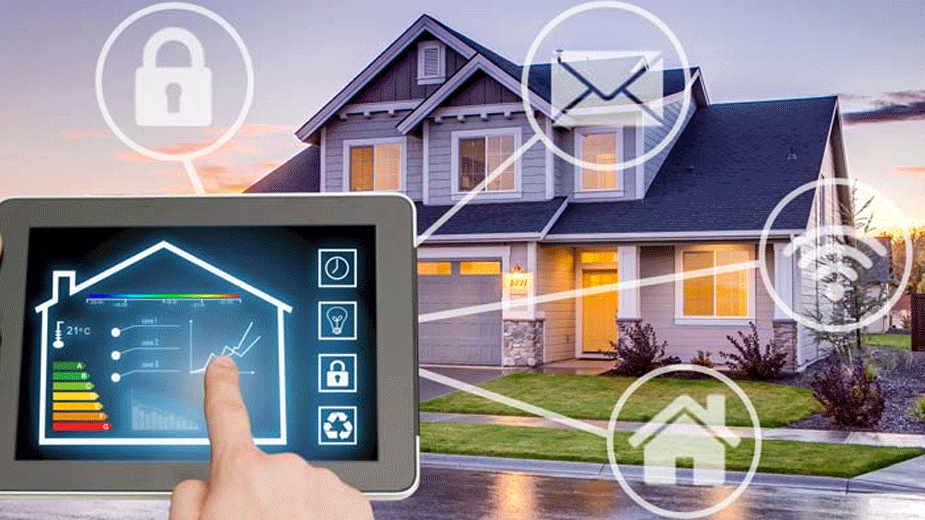
The Smart Revolution
The integration of the Internet of Things (IoT) into residential construction is transforming houses into smart homes. This technology allows homeowners to control various aspects of their living environment, from lighting and heating to security systems, all from their smartphones or other devices. IoT technology not only provides convenience and enhanced security but also contributes to energy efficiency, as it can optimise the use of resources based on real-time data and user behaviour.
Future-Proofing Homes
As technology advances, the potential for IoT integration in homes expands. Future residential constructions are expected to incorporate IoT from the ground up, building in capabilities for devices that have yet to be invented. This forward-thinking approach ensures that homes will remain compatible with emerging technologies, making them more adaptable and future-proof. This integration will likely become standard practice, changing how we interact with our living spaces.
Modular and Prefabricated Homes
Efficiency and Customisation
Modular and prefabricated homes are setting a new standard for efficiency and customisation in residential construction. These homes are built in sections in a factory setting, where weather delays are not a concern, and then transported to the building site to be assembled. This method significantly reduces construction time and allows for a high degree of customisation. Homebuyers can choose from a variety of layouts and finishes, tailoring their homes to their exact preferences and needs.
The Environmental Advantage
Beyond the benefits of speed and customisation, modular and prefabricated homes offer substantial environmental advantages. The controlled factory environment leads to more precise construction, reducing waste and improving energy efficiency. Furthermore, the ability to incorporate sustainable materials and technologies from the outset makes these homes a beacon for eco-friendly construction practices.
As we look to the future of residential construction, it’s clear that innovation is the driving force behind more sustainable, efficient, and smart homes. From the potential of 3D printing to the environmental benefits of sustainable materials and the convenience of smart home technologies, the ways in which we think about building and living in our homes are evolving. As these technologies become more mainstream, they promise to bring about significant changes in the construction industry, making the dream of owning a home that is both modern and mindful of the environment a reality for more people.


